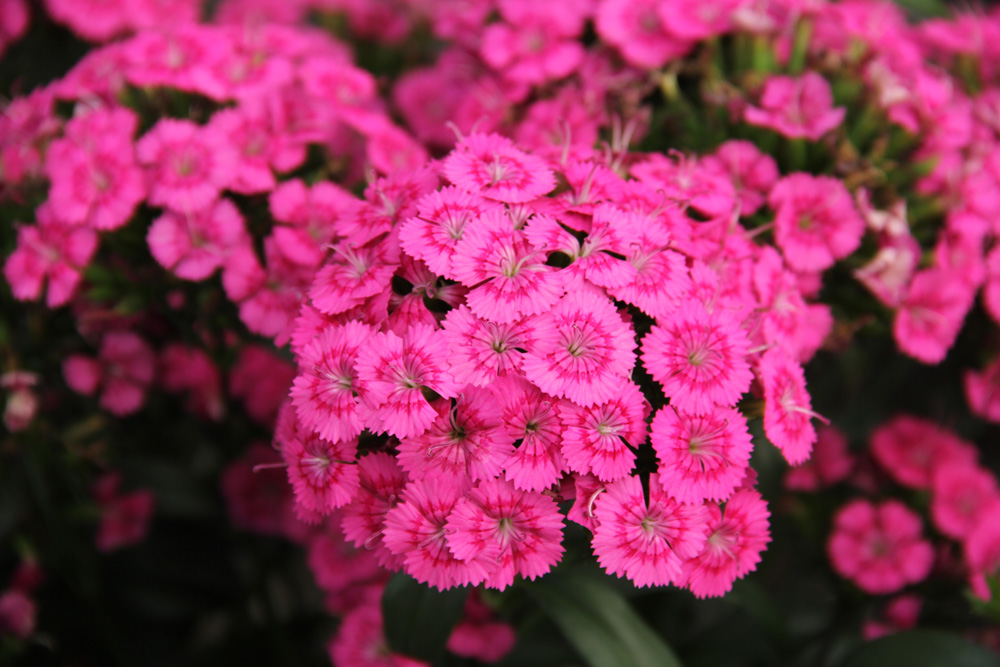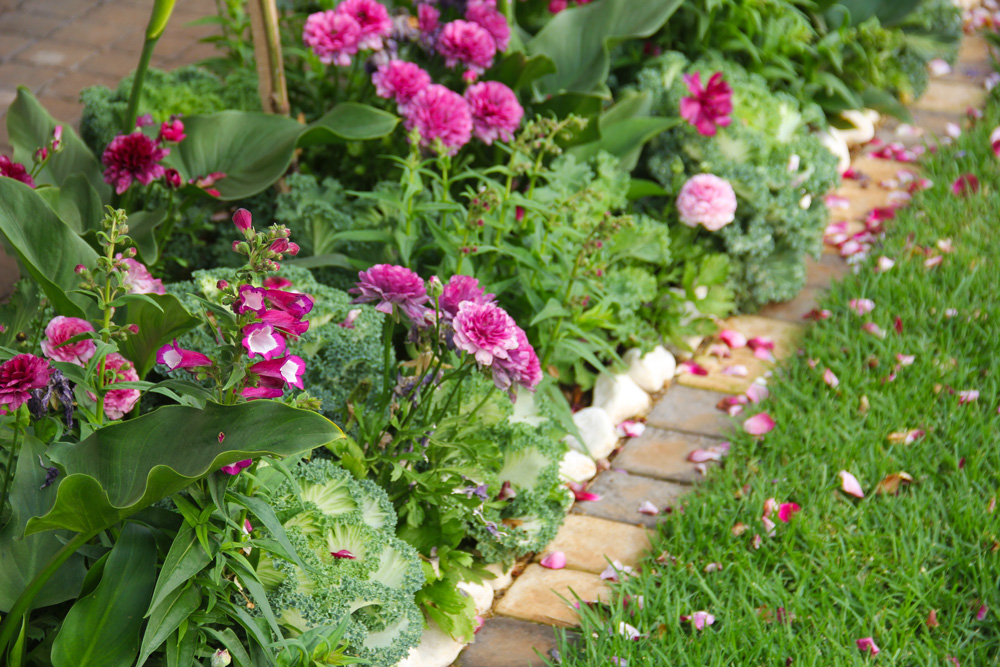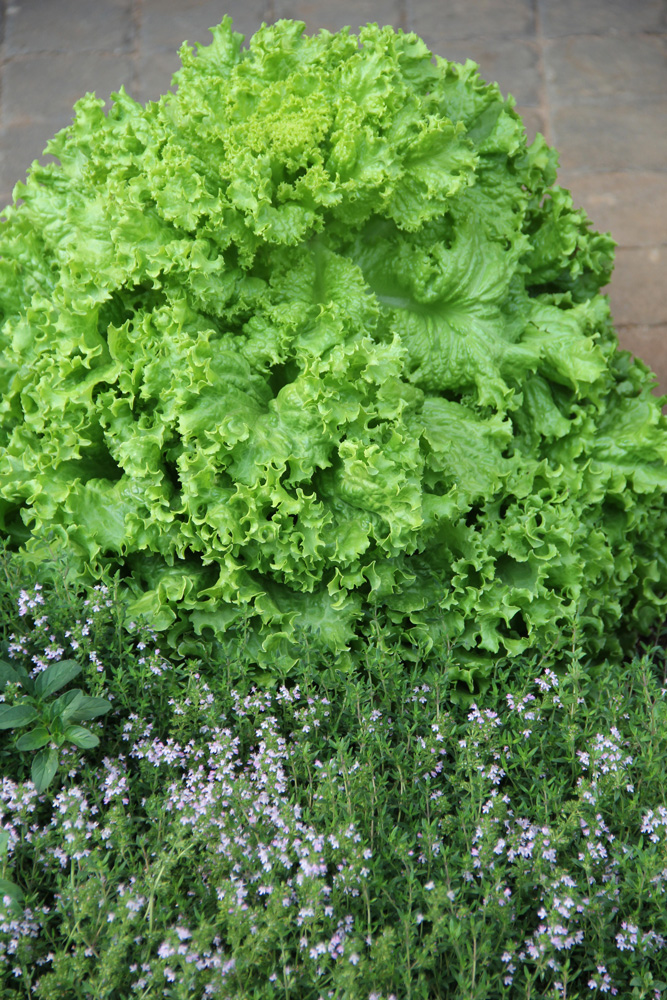Contrary to popular belief, there are many plants and vegetables that thrive at this time of the year. Winter also offers the chance to take a long hard look at your garden and make the necessary changes to improve its structure. Follow this winter gardening guide for everything you need to know.
READ MORE: A guide to water-wise gardening
IMPROVE THE LAYOUT
As you can now see the bones of the garden, consider possible design changes you could make. In dry areas, winter is the ideal time to build erect a pergola or archway, redo the paths and redesign the beds. Take the opportunity to level sloping, uneven areas and build steps to link different levels.

WINTER ANNUALS
There’s no reason you can’t add colour to your garden in winter. Seedlings of these flowers are readily available for immediate planting: stocks, Iceland poppies, violas, pansies, foxgloves, snapdragons, Bellis perennis, sweet Williams and primulas (Primula malacoides, P. obconica and P. acaulis). Plant them in beds, containers, window boxes and hanging baskets.

THE BIG CHOP
Once plants become dormant and the leaves have fallen, shape and prune them if necessary. Shrubs and perennials like salvias, Euphorbia ‘Diamond Frost’, pink and white spiraea, wild ginger, mock orange, hydrangea and buddleja, which have become too big and woody, can be reduced by a third to half, depending on the available space.
Cut raspberries, blackberries and herbs that die down such as lemon balm, mint and thyme, right down to the base and prune roses, fruit trees and wisteria.
Lift the crowns of trees to let in more light. Remove the lower branches one by one and stand back between each cut to check the effect. Remove broken and dead branches.
READ MORE: Pruning roses shrubs, bushes and climbers

FEEDING AND MULCHING
Do this right after pruning. Remove the annuals that have finished flowering then work compost and organic pellets into the beds. If the soil drains well, work these lightly into the top 3–5cm. If the soil is clay or rocky, dig in compost to at least a fork’s depth, but take care not to disturb the roots of plants. After feeding, cover the beds with a layer of mulch. Here’s everything you need to know about mulch.
PROTECTION FROM COLD AND FROST
In frost-prone areas, don’t plant anything that’s not frost hardy unless you’re prepared to provide protection. Cover susceptible plants with lightweight horticultural fleece available from garden centres. This should be done by 15h00 and removed the next day by 09h00. You can also use cardboard or wigwams made from hessian or grass. If seedlings have been frosted, water them early before the sun reaches them so that they thaw out slowly. If leaves and branches of shrubs have been damaged by frost, don’t cut them off. Leave them until all danger of frost has passed as they protect the plants from further damage. Another way to protect your garden from frost and icy winds is to plant or build windbreaks.
Related to winter gardening: How to keep your indoor plants alive during winter
WATERING
Water ornamentals and lawns once or twice a week, preferably early in the day. Don’t leave sprinklers and irrigation systems on overnight, as the water can freeze and damage both pipes and plants. However, you can water in the late afternoon, as studies have shown that water raises soil temperature and won’t cause damage to plants. But water on leaves can freeze in extreme cold, causing damage. Always put hosepipes away before dark. If yours is frozen don’t move it until it has thawed, as it may crack and break.
Don’t forget to be water-wise in the garden
WINTER GARDENING GUIDE FOR HERBS AND VEGGIES
If you want a good crop of herbs and vegetables in winter then raised beds are a good idea as their soil temperature is higher. Greenhouses and tunnels are recommended in areas with extreme temperatures. Only grow vegetables that do well in cooler conditions. Sow seeds of carrots, radishes, broad beans and beetroot until the end of August at two week intervals to ensure you have a constant supply until the end of spring. The following winter vegetables are available as seedlings to plant now: peas, broccoli, cauliflower, Brussels sprouts, tatsoi, lettuce (cos, loose leaf and Iceberg) and onions.
READ MORE: 7 Steps to planting a herb garden
It’s also a good idea to lay out a new herb garden and then plant it up with seedlings so that it’s established by the time spring arrives.


